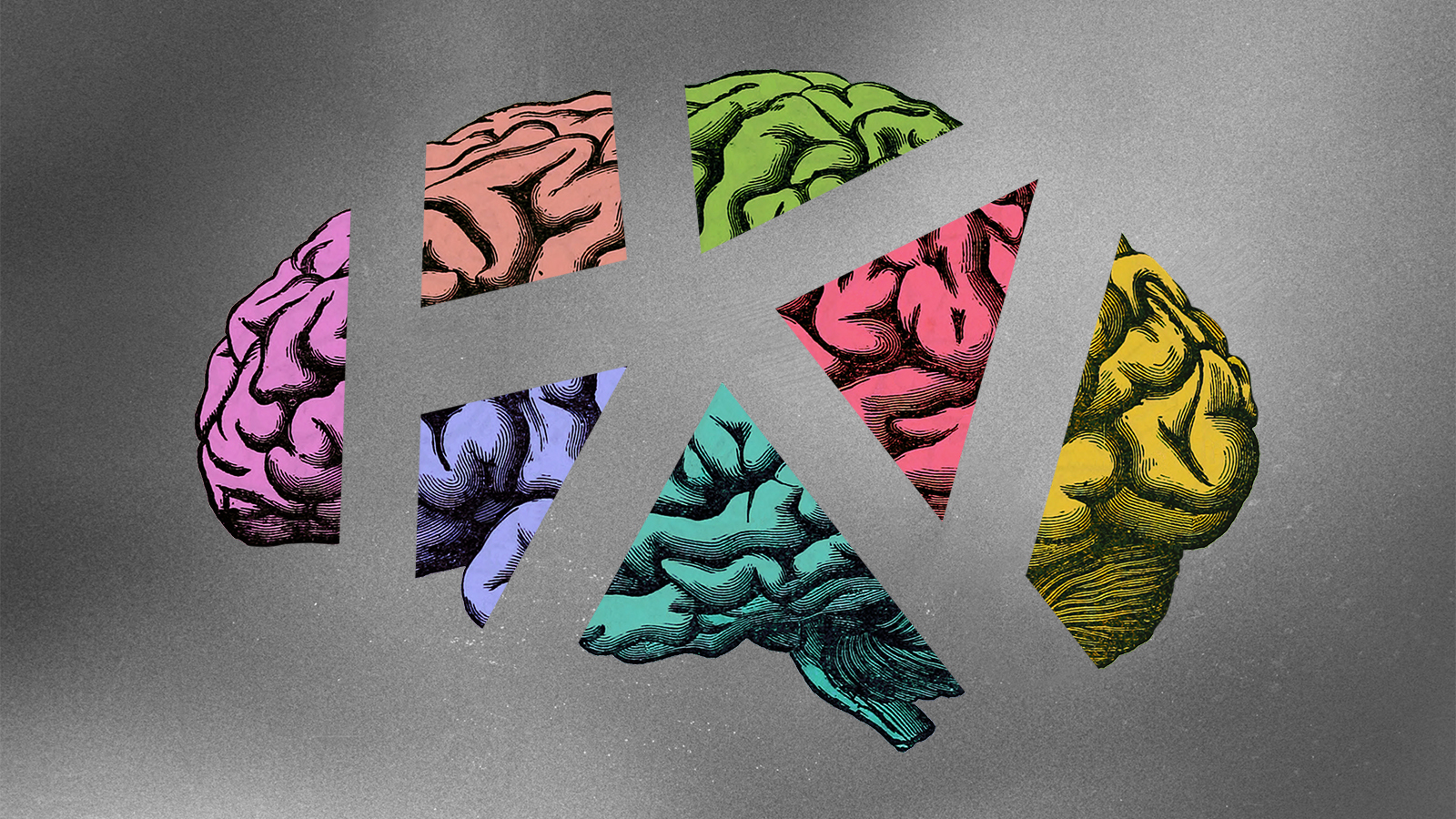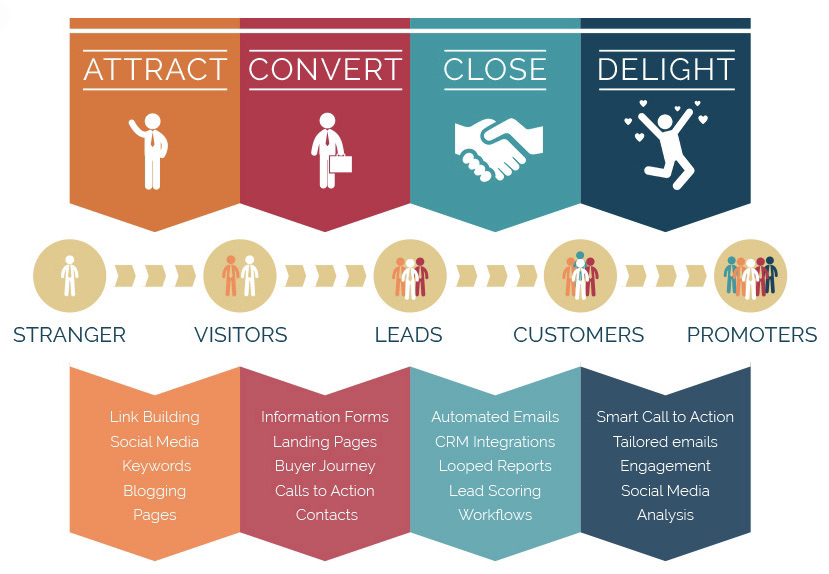What is microlearning? Benefits, examples, and best practices

In a typical work week, most employees only have about 20 spare minutes to dedicate to learning and development. This, in addition to the fact that adults are spending more time than ever interacting with digital media, means there’s never been a better cultural moment to capitalize on microlearning.
What is microlearning? This trending (and Gen Z-friendly) learning strategy breaks training content into bite-sized yet pertinent chunks that are easy to access. Instead of lengthy seminars or endless eLearnings, employees can interact with microlearning in shorter but more frequent bursts.
5 microlearning examples
Most organizations already offer microlearning without realizing it. Some common examples of microlearning include:
- Videos: Research suggests that video learning is more effective than in-person instruction, so leveraging this format for microlearning is highly beneficial. The example below is a Big Think+ video lesson on resilience featuring Tal Ben-Shahar, best-selling author and founder of the Happiness Studies Academy.
- eLearning: L&D teams can purchase self-paced eLearning with shorter modules. They can also build their own, complete with mixed media, branching scenarios, and short quizzes using an authoring tool.
- Infographics: These well-designed visuals can be very effective at conveying a lot of information in a short amount of time. Below is an example of an infographic that is commonly used among digital marketing teams.

- Games: Short and simple games that challenge employees to recall the information they’re learning are another engaging tool to include in a microlearning strategy.
- Podcasts: 41% of Americans say they listen to podcasts monthly. L&D teams can meet learners where they’re at with brief audio segments containing quick hits of information, such as the one below featuring Chris Voss – former FBI negotiator and business communication expert.
Although microlearning is often packaged in a digital format, it can take on more traditional forms. Quick reference guides, or any short-form document designed to be referenced when a learner needs quick information, are an example.
How to best leverage microlearning
Microlearning is an ideal strategy for L&D functions that embrace a 70:20:10 framework – where 70% of learning takes place on-the-job, 20% through interaction with others, and 10% through formal learning.
Since microlearning experiences are typically around five to ten minutes in length, learning designers should focus on including only one objective per module. Avoid trying to maximize the learning time by putting as many different ideas into the module as possible. If designers overload that time with too much content, the core purpose can get buried.
Focus on including only one objective per module.
Accessibility and ease of use are also important considerations when it comes to designing microlearning experiences. Most organizations already leverage an LMS, CMS, or intranet site to organize and deliver content, and microlearning can exist on each of these platforms. But in today’s world, mobile-first design is key.
Microlearning interventions shouldn’t just be designed for desktop and then modified for mobile as an afterthought. A recent study led by the app-development company ArcTouch shows the importance of well-designed mobile experiences in the workplace.
The study found that: “The aspects that most impact whether users look forward to using the app – design and UX/ease of use – are the worst performing aspects of current enterprise mobile apps.”
Only about half of the employees surveyed described their workplace applications as stable, which is “an essential element to avoid user headaches.” The study also revealed a significant gap between an employee’s expectations for the reliability of mobile experiences, and their actual reliability (ie. a lack of bugs).

The reality is that many employees are tolerating mobile experiences in the workplace rather than enjoying them, and this can negatively impact their engagement. So, it’s vital that L&D teams consider how user-friendly their digital microlearning interventions are.
Additionally, keep in mind that microlearning is most effective when used as one component of a more comprehensive strategy. There will certainly be use cases where longer, more in-depth training sessions are more appropriate. Longer sessions offer more time to explain dense topics, provide guidance through coaching opportunities, and include formative assessments.
The benefits of microlearning
There are many benefits of microlearning, but one that often piques interest is its cost-effectiveness. Considering that it costs $22,178 on average to develop an hour of eLearning content, L&D teams must strive to maximize ROI wherever possible. Those that invest in microlearning can burn through less resources while still packing a punch.
Why is microlearning so effective? Barbara Oakley, the author of Mindshift: Break Through Obstacles to Learning and Discover Your Hidden Potential, discusses how learning often involves going back and forth between two different “neural modes.”
First, a learner enters Focus Mode – a space where they’re actively concentrating and analyzing the material they’re attempting to master. This is taxing, sometimes to the point where an individual gets frustrated, gives up, and moves on to something else.
This leads to Diffuse Mode – where the learner walks away and starts doing something different. However, without the learner’s conscious awareness, the brain continues to process the material on the side or “in the background.”
Oakley says that when a learner later returns to the initial material after this temporary resting state, their understanding of the content increases. The two neural modes have worked together to help the learner comprehend the information.
Microlearning is a natural aid in the learning process.
Microlearning is a natural aid in this learning process. Because microlearning experiences come in short bursts, they reduce the initial cognitive load, allow a learner to take breaks, and easily return to the information at a later time.
The human attention span is getting shorter and shorter, but typically employees can find five minutes of uninterrupted time to spare. Bite-sized lessons that they can complete between other tasks make for learning with minimal distractions and are easier to incorporate into a daily routine.
All of this helps employees absorb information better. And when learners are able to progress through material more easily, they often experience greater feelings of achievement. This can motivate them to pursue additional training.
Final note
On average, people spend more than 7.5 hours per day consuming media – and all generations have reported an uptick in consumption since the beginning of the COVID-19 pandemic. In a world that is consuming larger quantities of media than ever, information retention can be a challenge.
With microlearning, L&D teams can combat media overload by helping employees access the right information at the right time, and remember the most important things they need to know.





